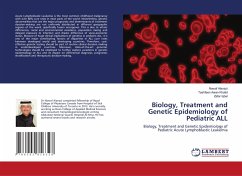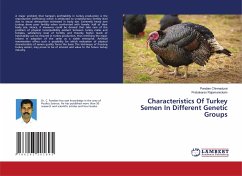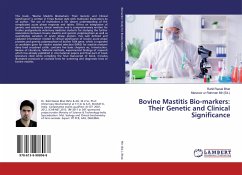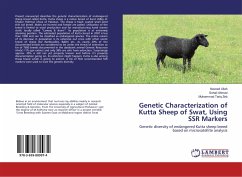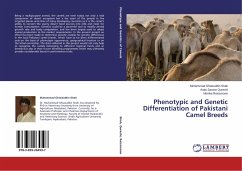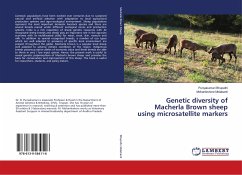Acute Lymphoblastic Leukemia is the most common childhood malignancy with over 80% cure rates in most parts of the world. Nevertheless, genetic abnormalities that are the major prognostic and determinants of treatment decision-making are not uniformly distributed in different geographic regions of the word, specifically fusion oncogenes. This is due to ethnic differences, racial and environmental variations, population mixing and delayed exposure to infection and drastic difference of socio-economic status. Because of huge clinical implications of genetics in pediatric ALL, it is one of the major contributing factors of disparities in ALL cure rates between developed world and developing countries. Therefore, cost-effective genetic testing should be part of routine clinical decision making in underdeveloped countries. Moreover, state-of-the-art genomic technologies should be employed to further explore variations in genetic epidemiology of ALL and its impact on differential diagnosis, prognostic stratification and therapeutic decision-making.
Bitte wählen Sie Ihr Anliegen aus.
Rechnungen
Retourenschein anfordern
Bestellstatus
Storno

